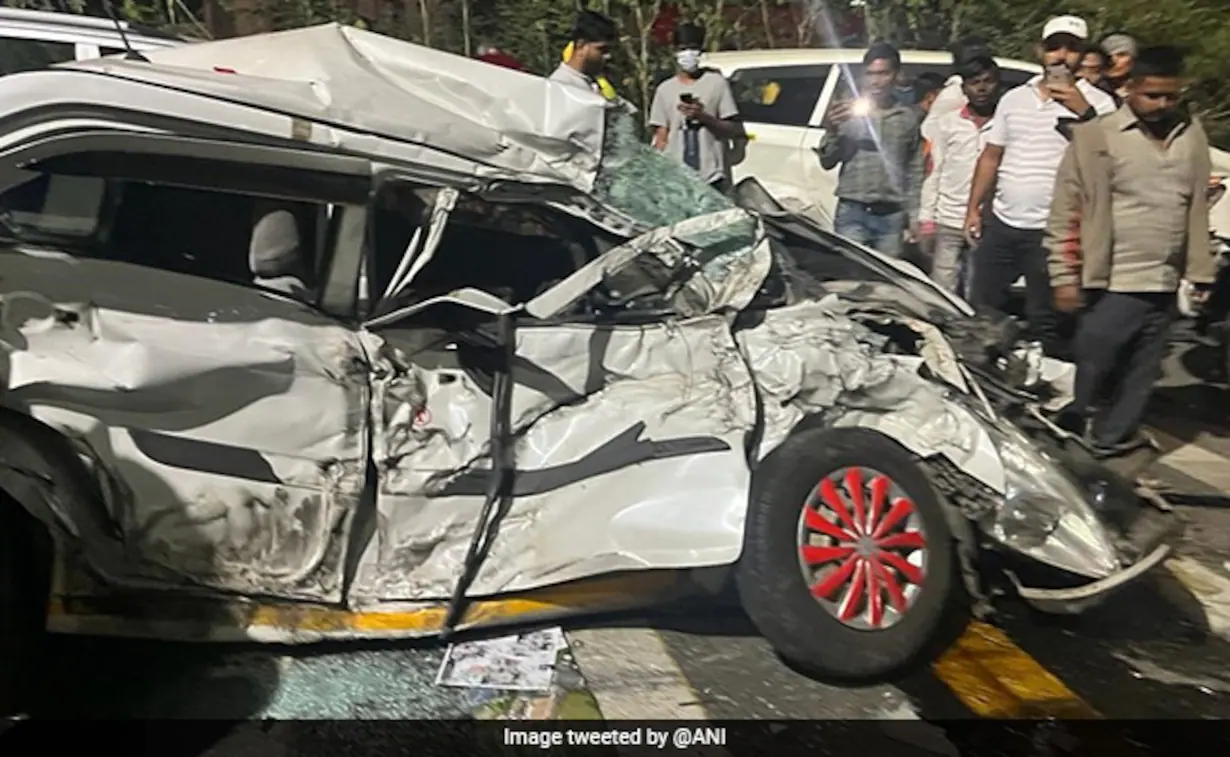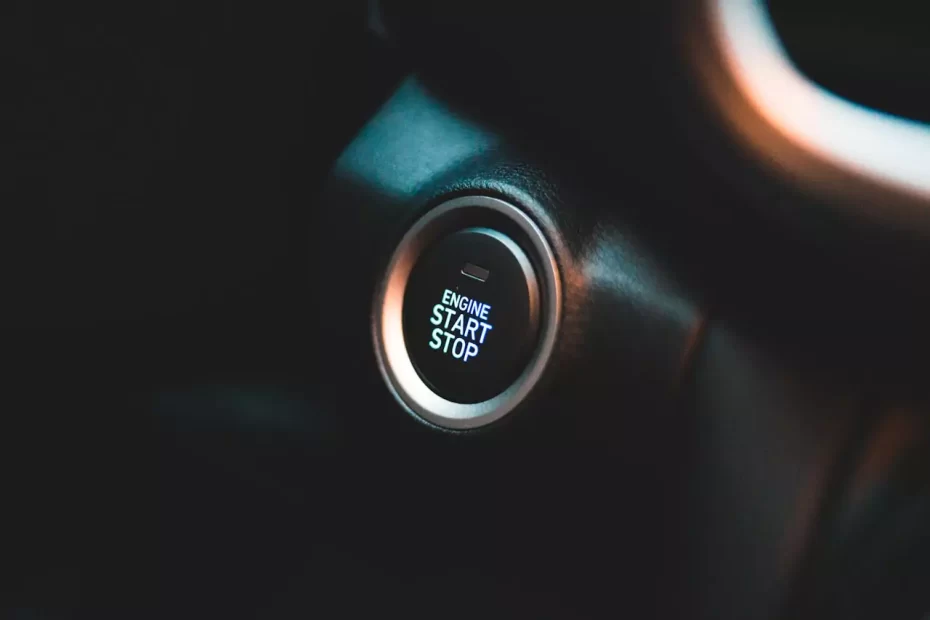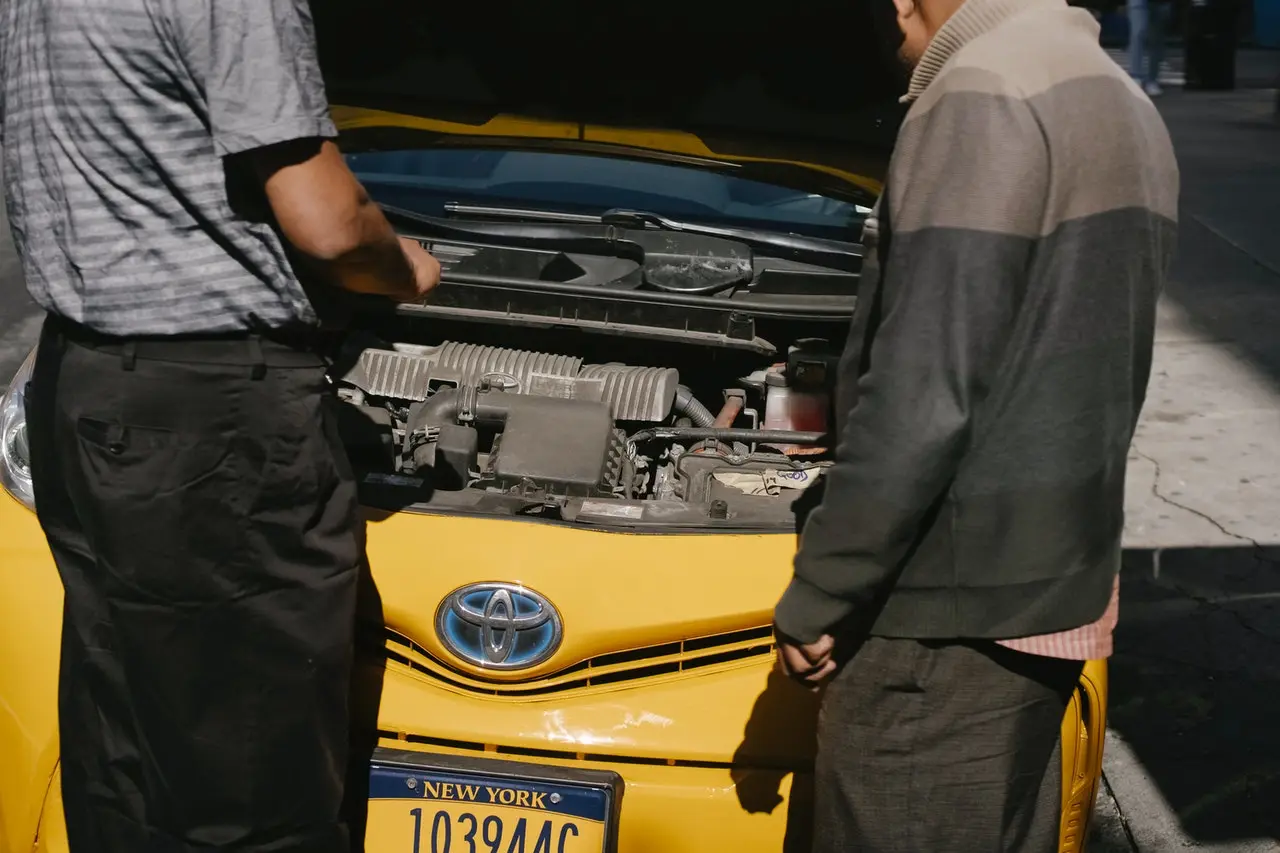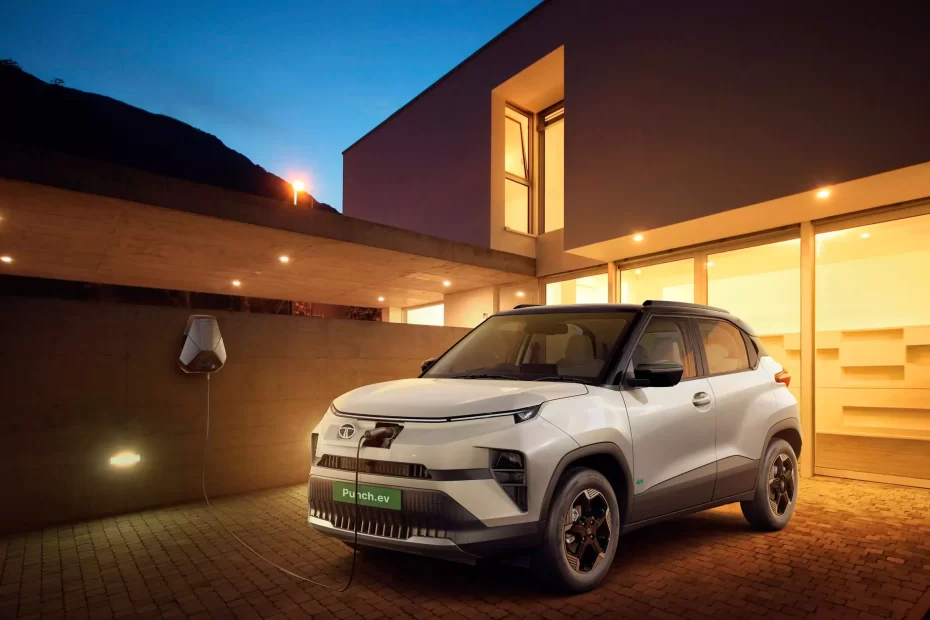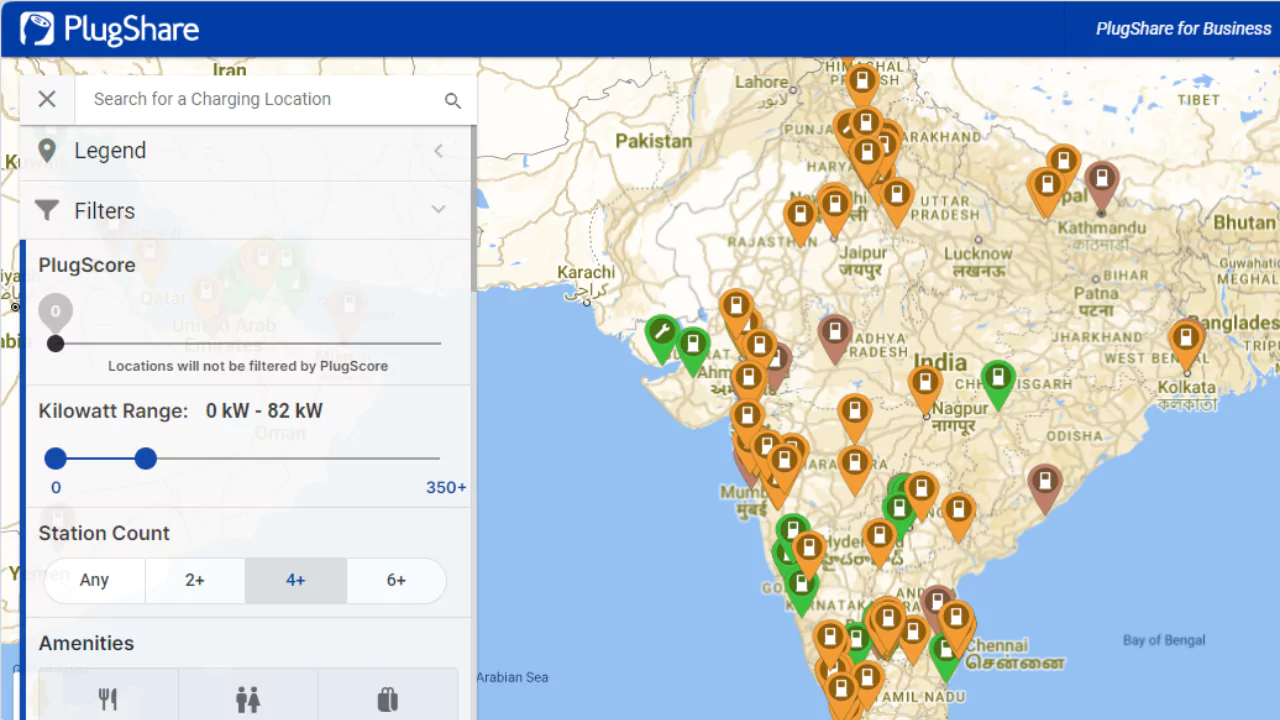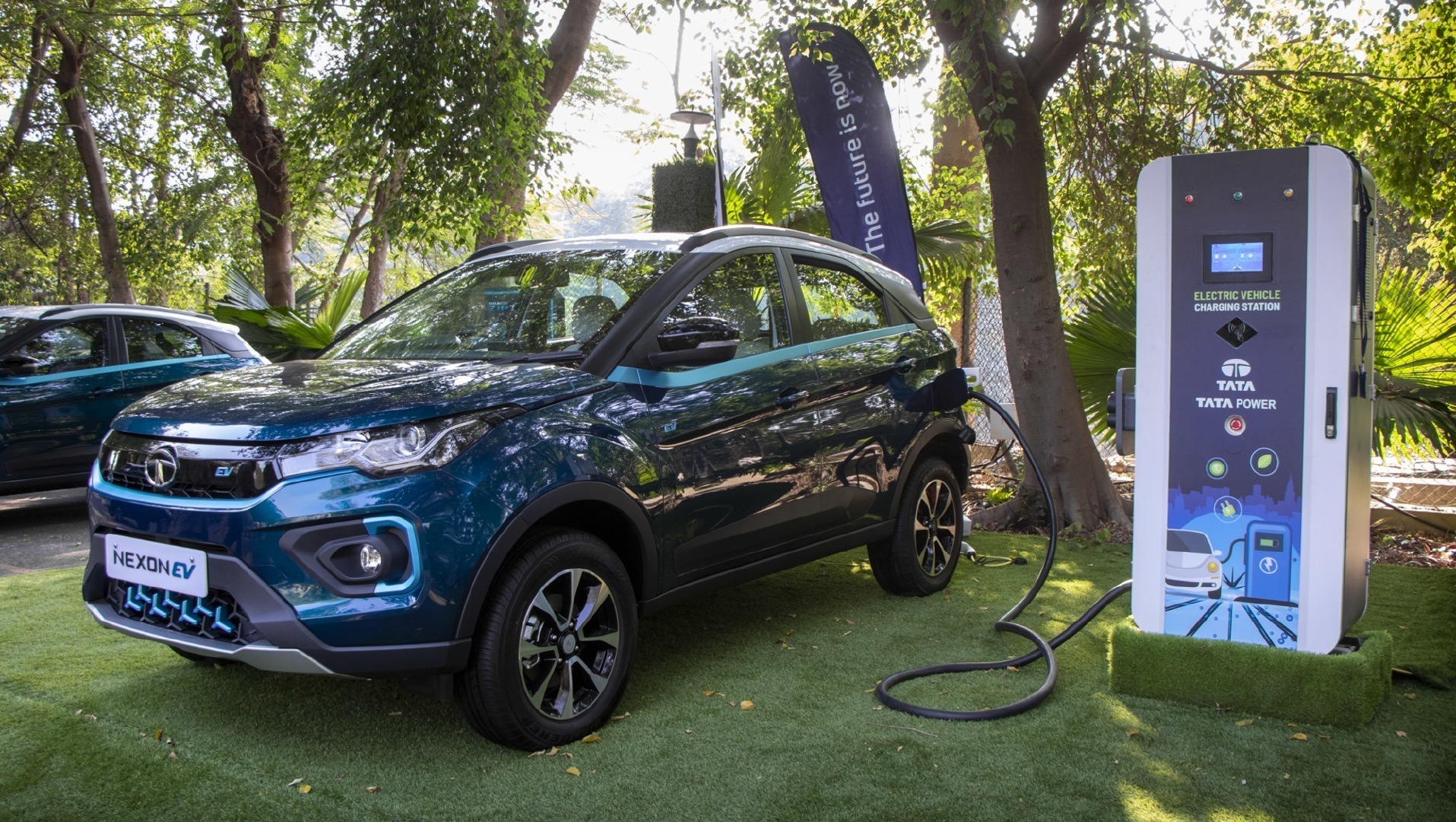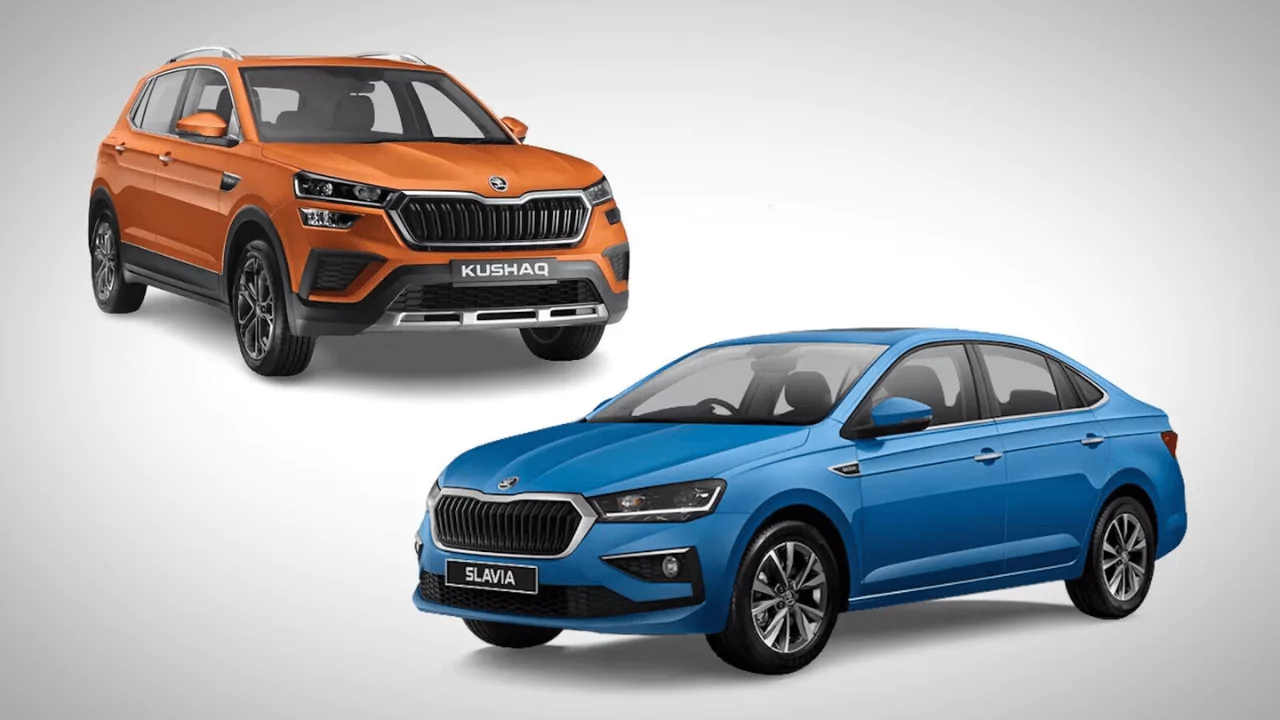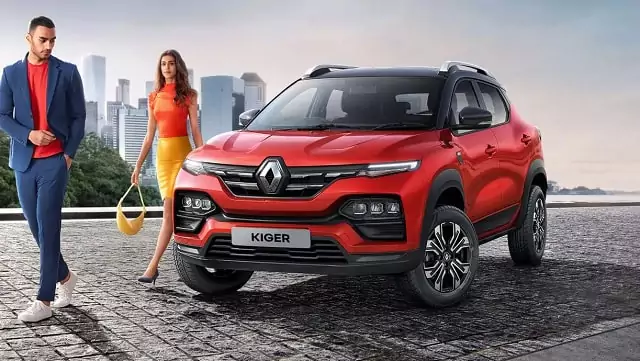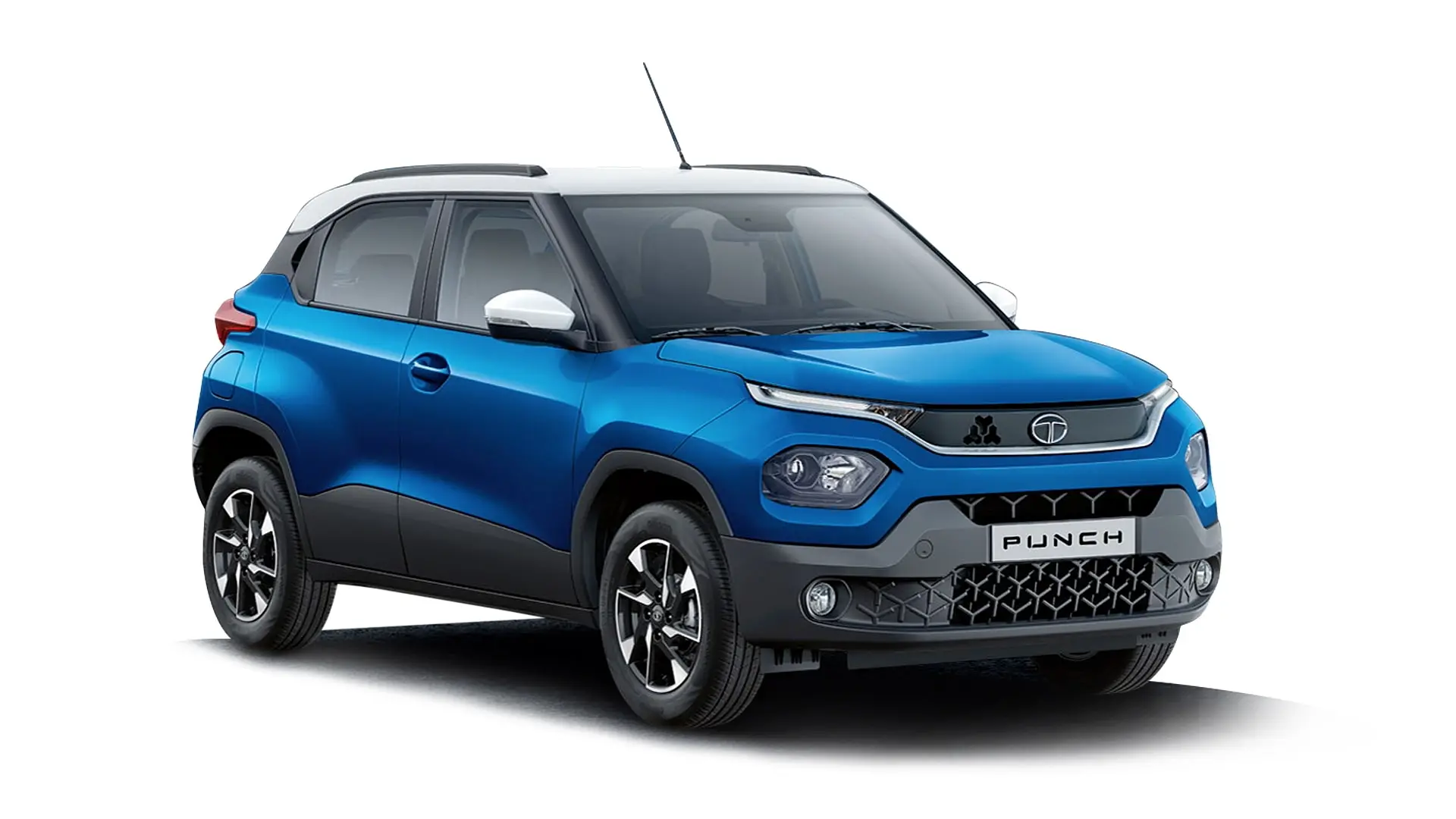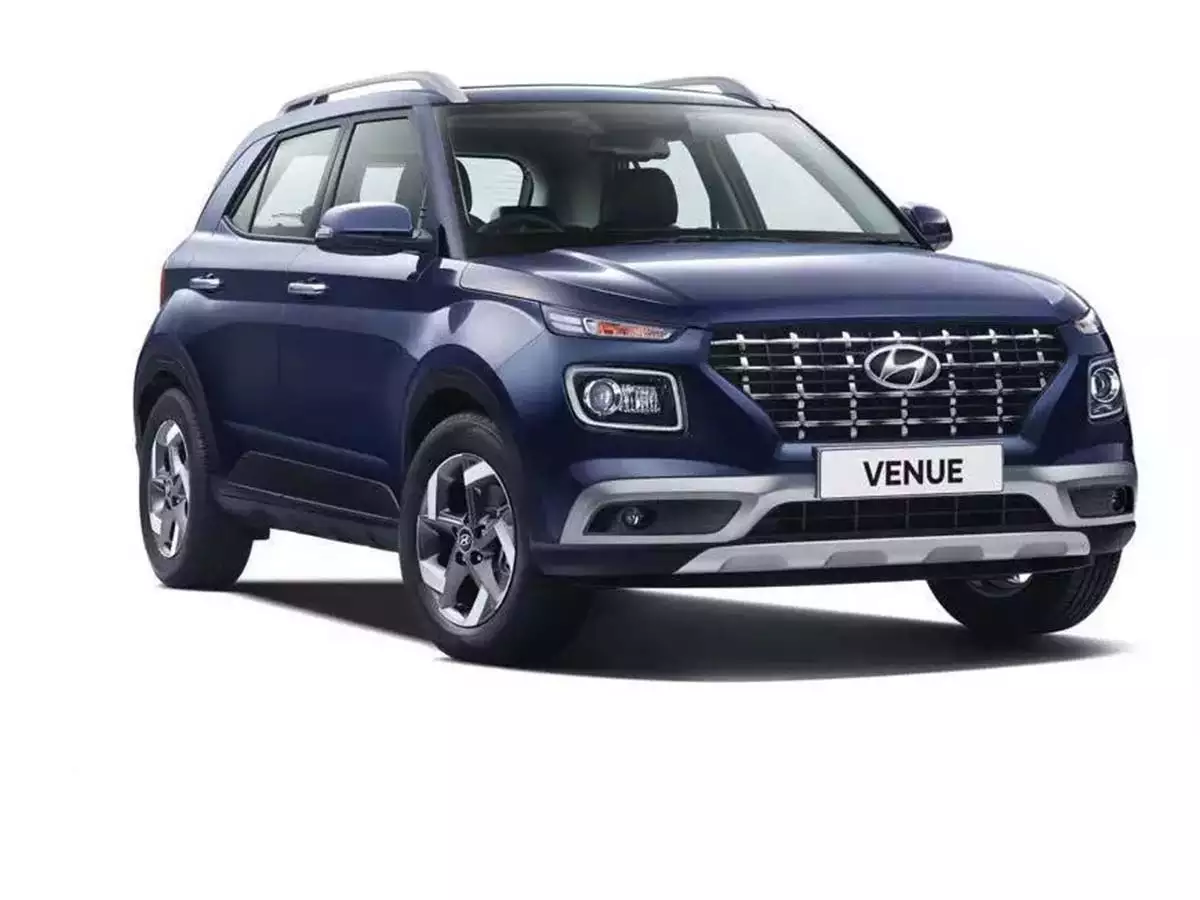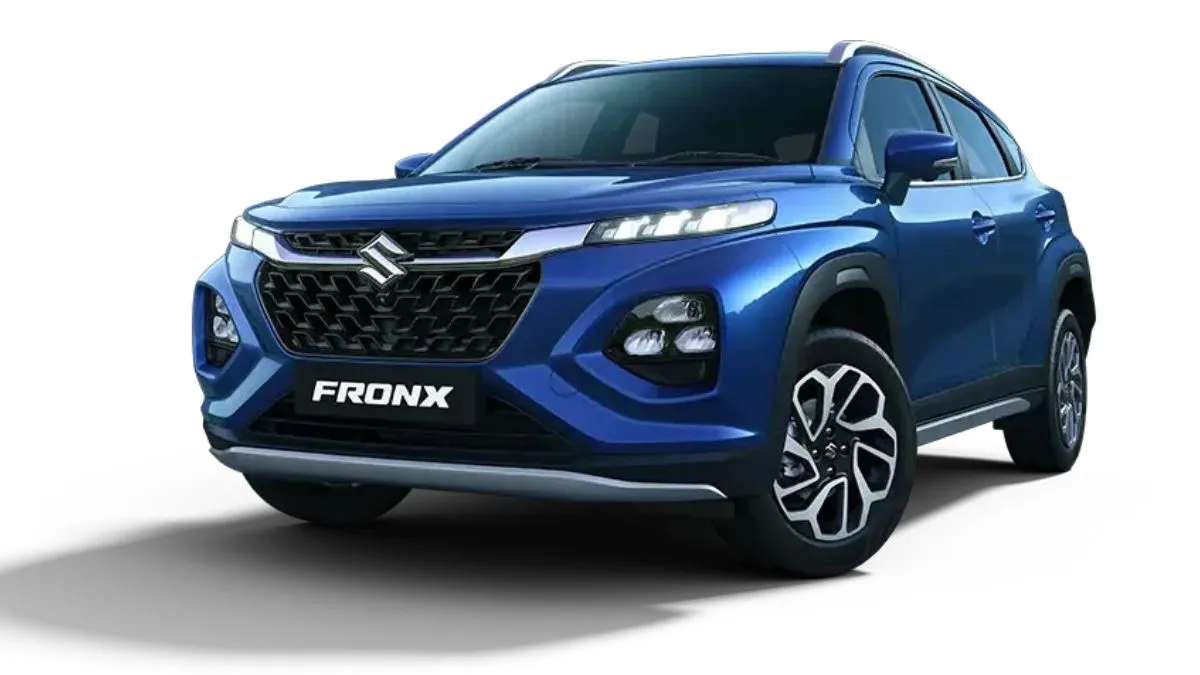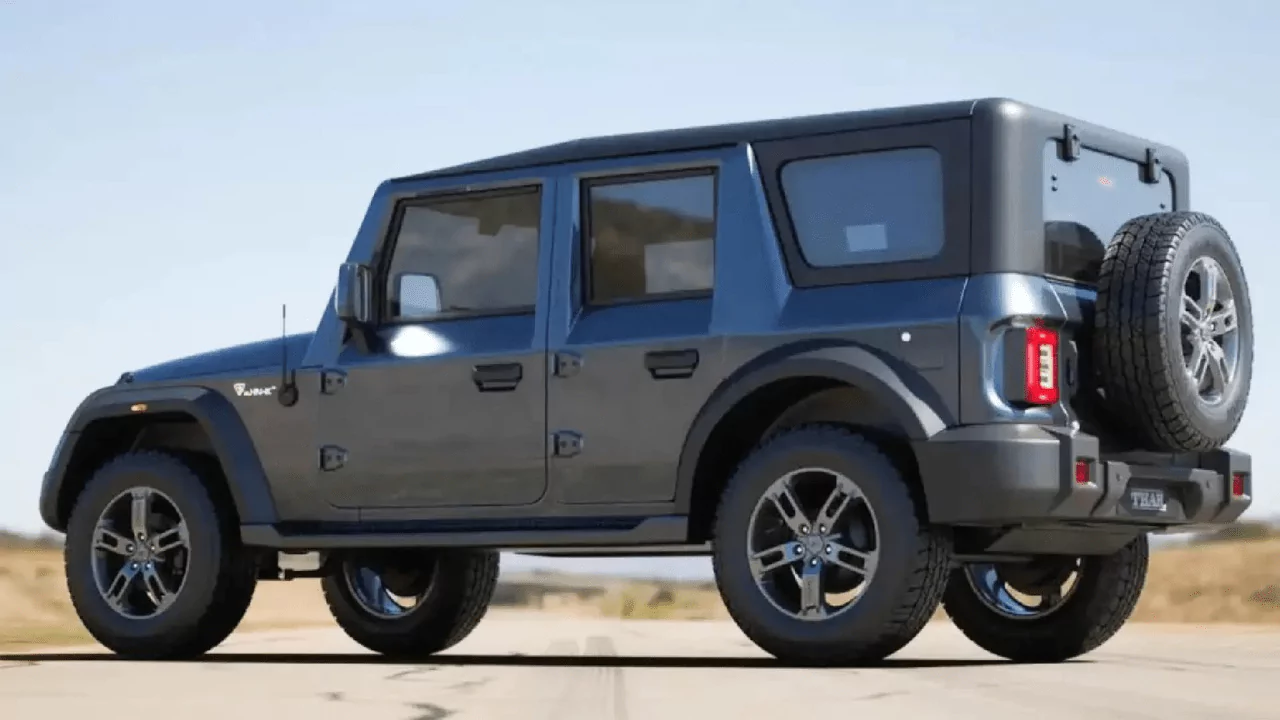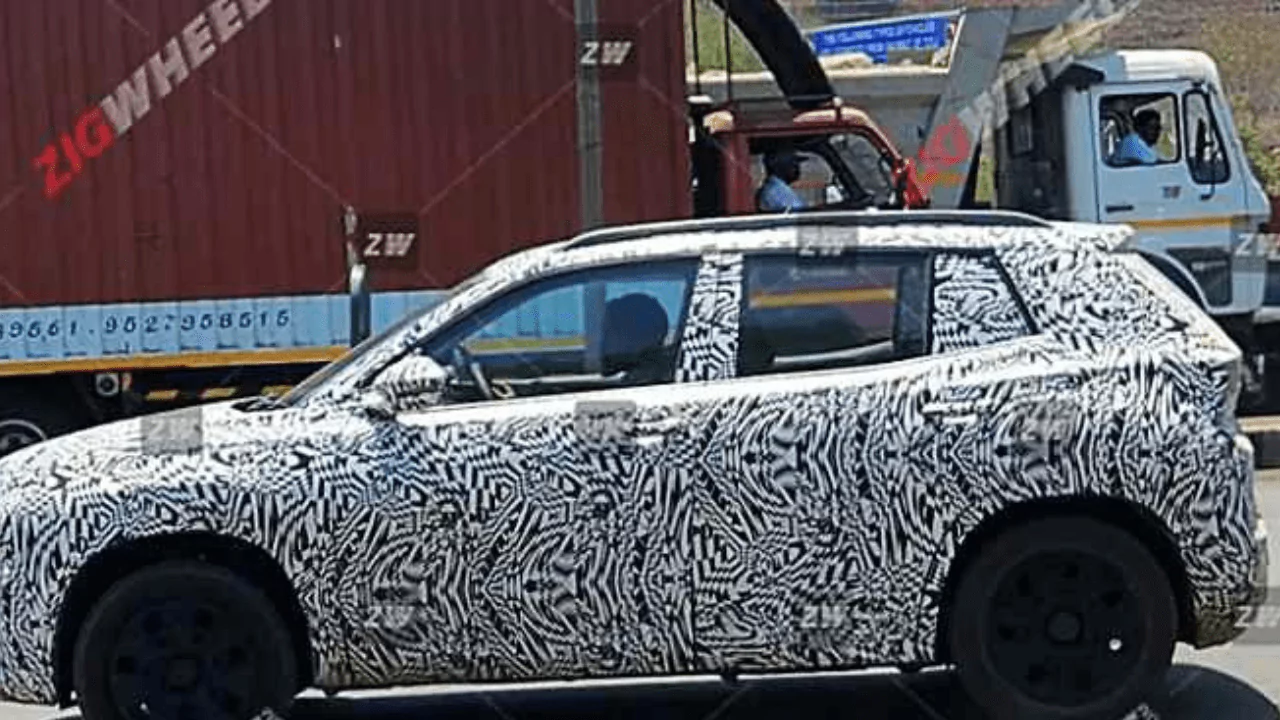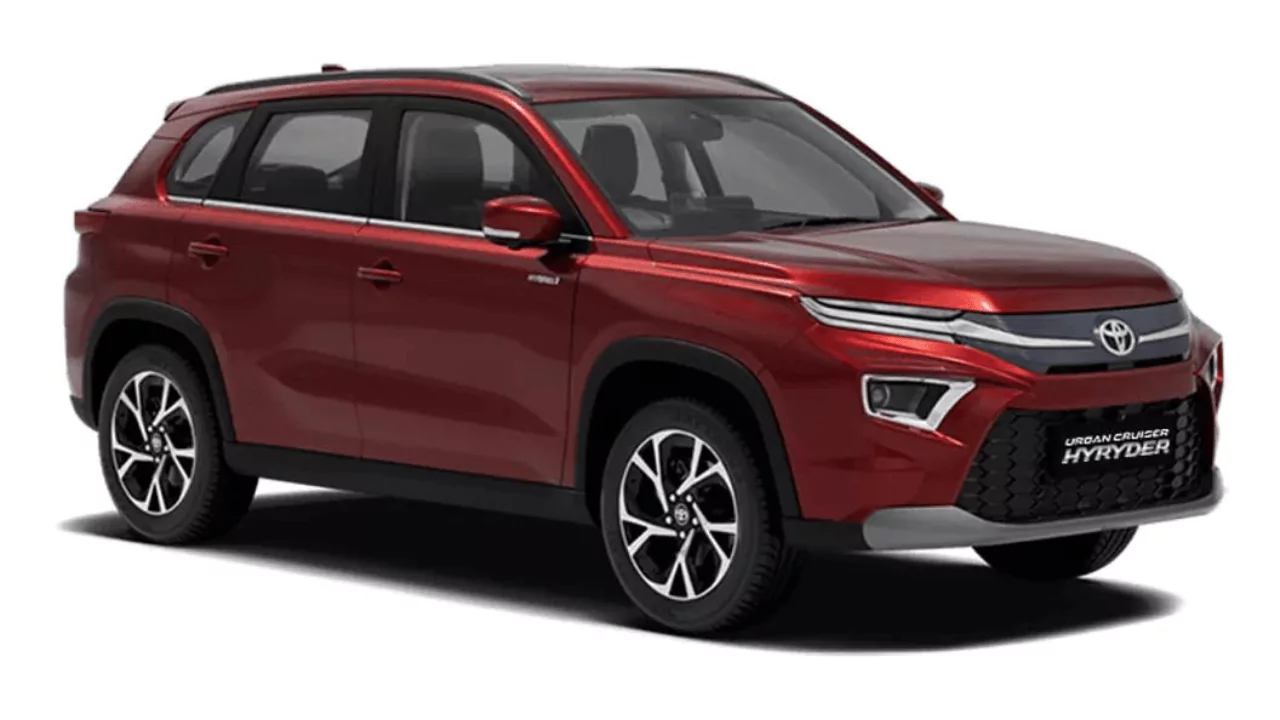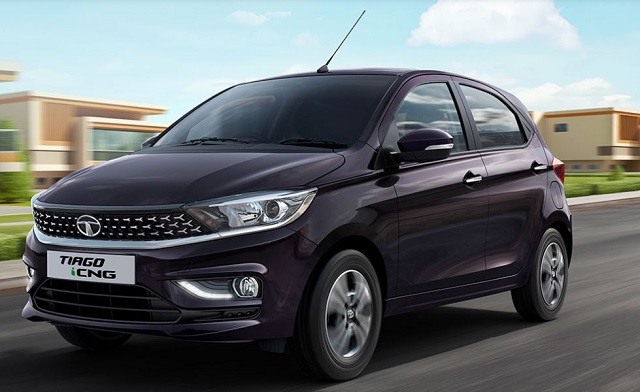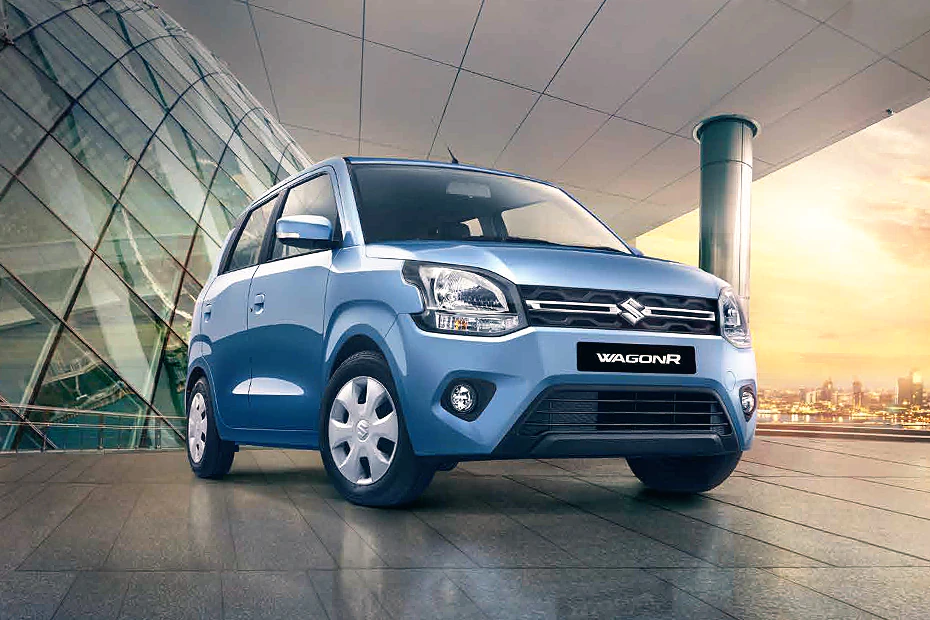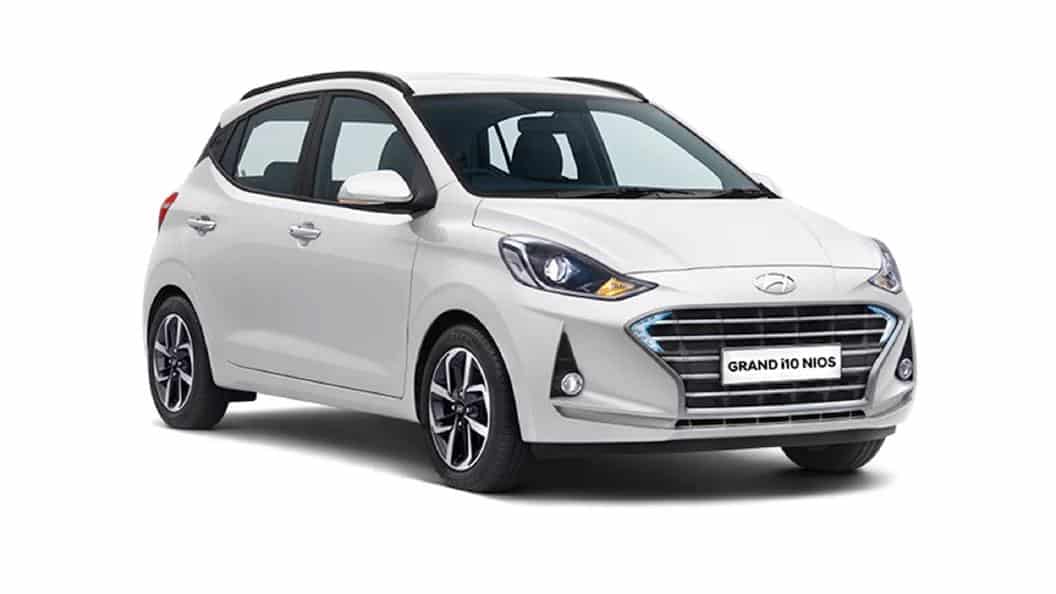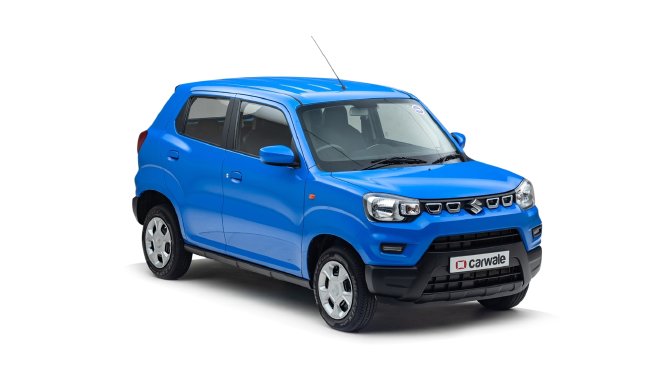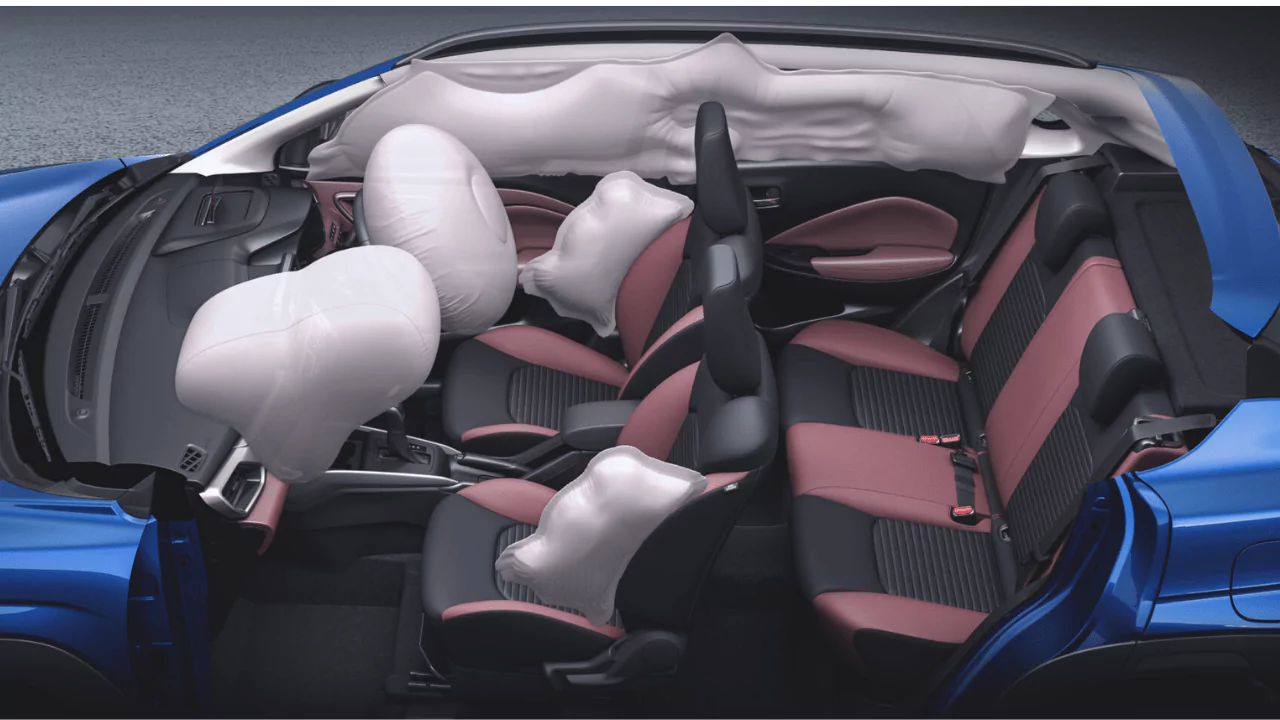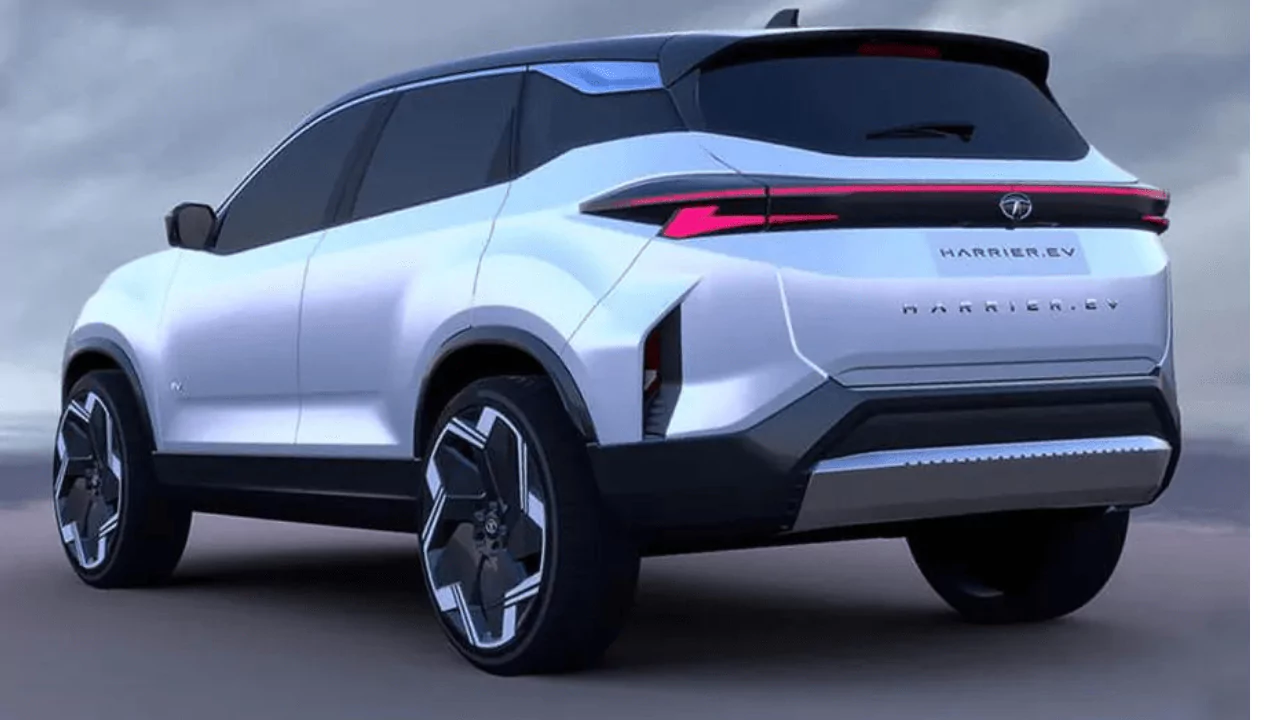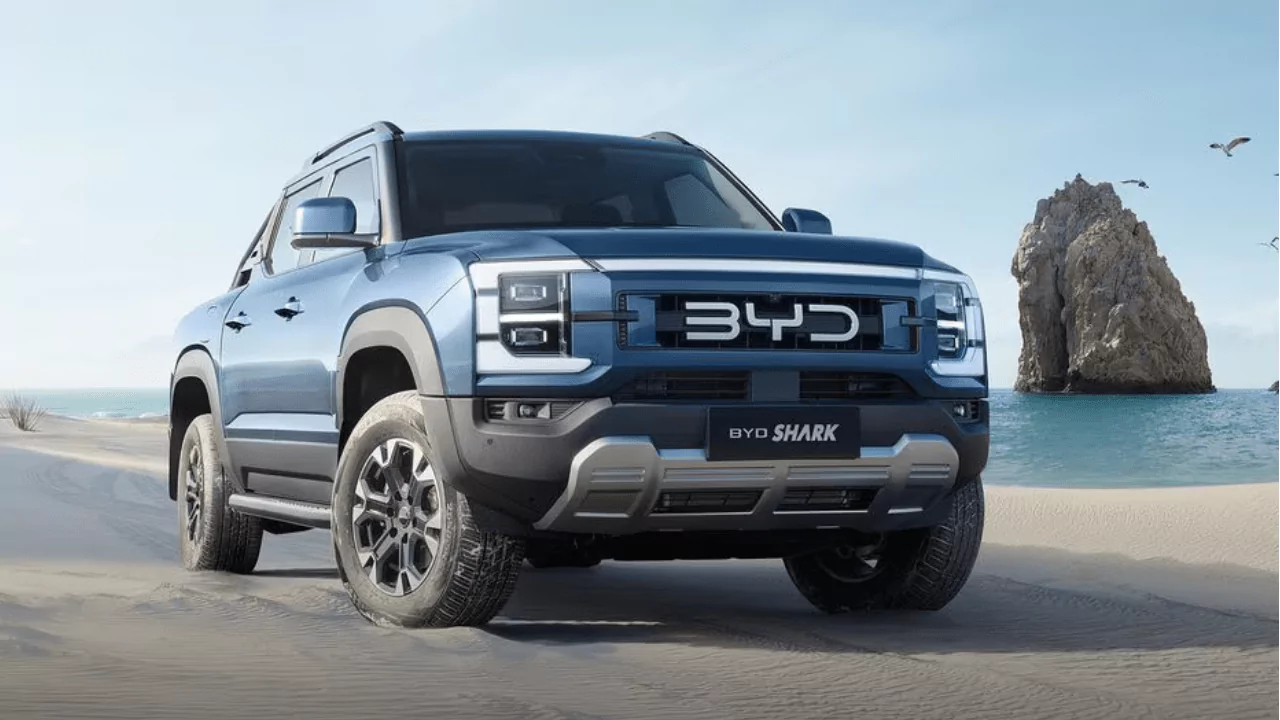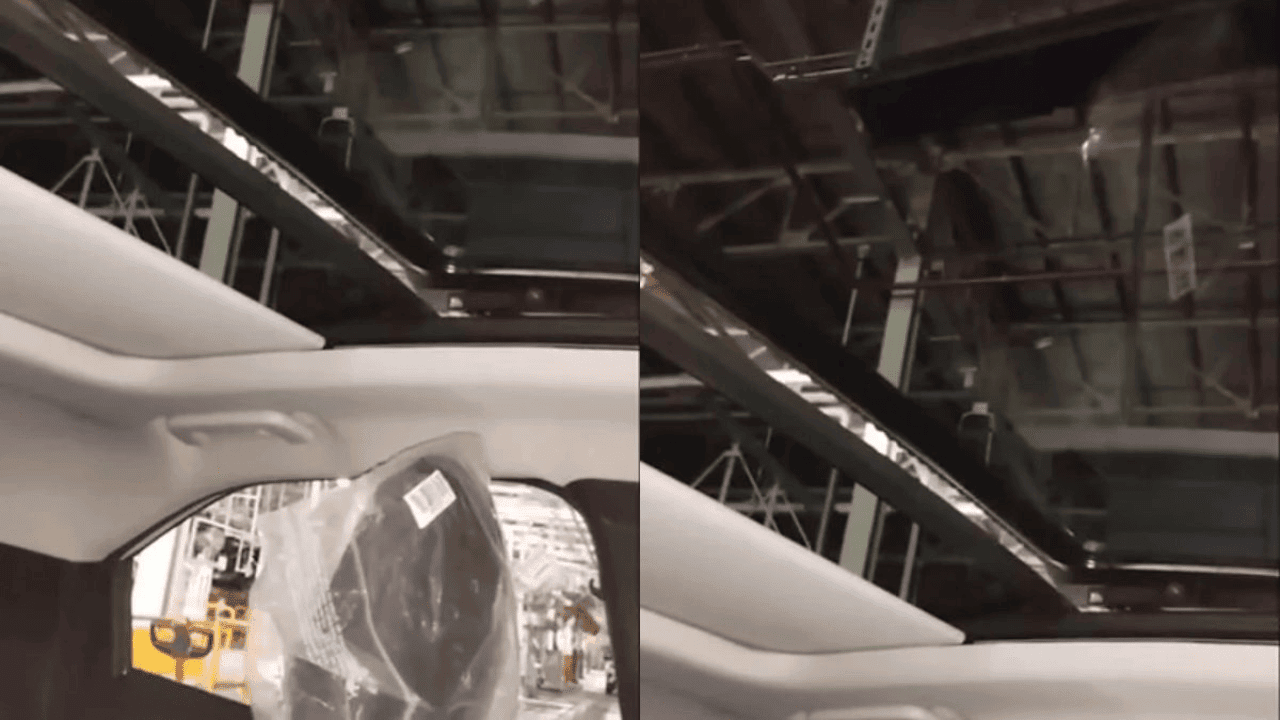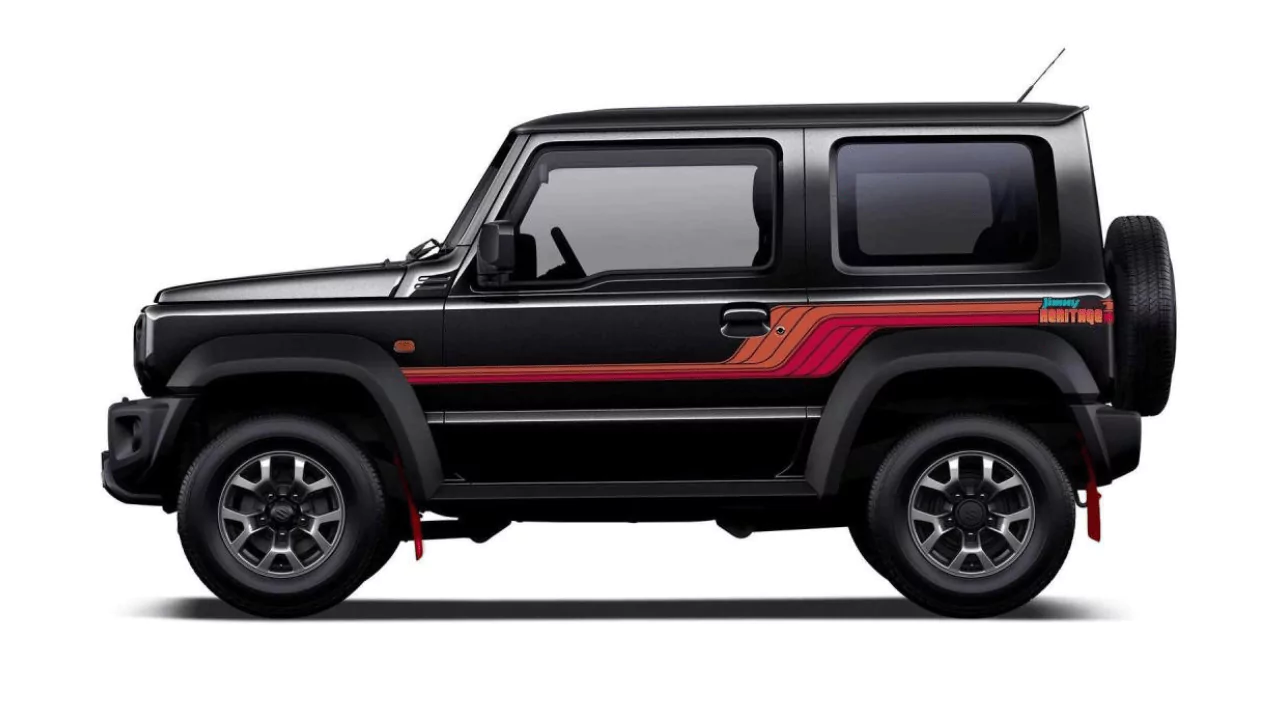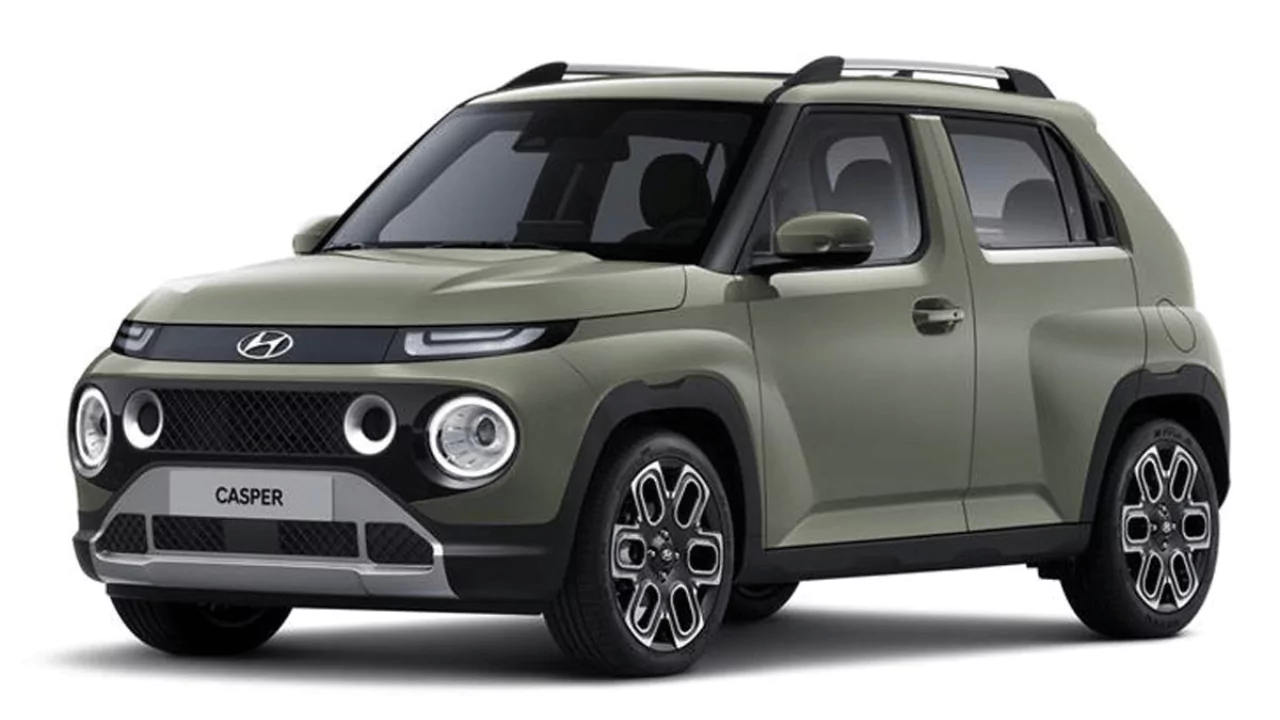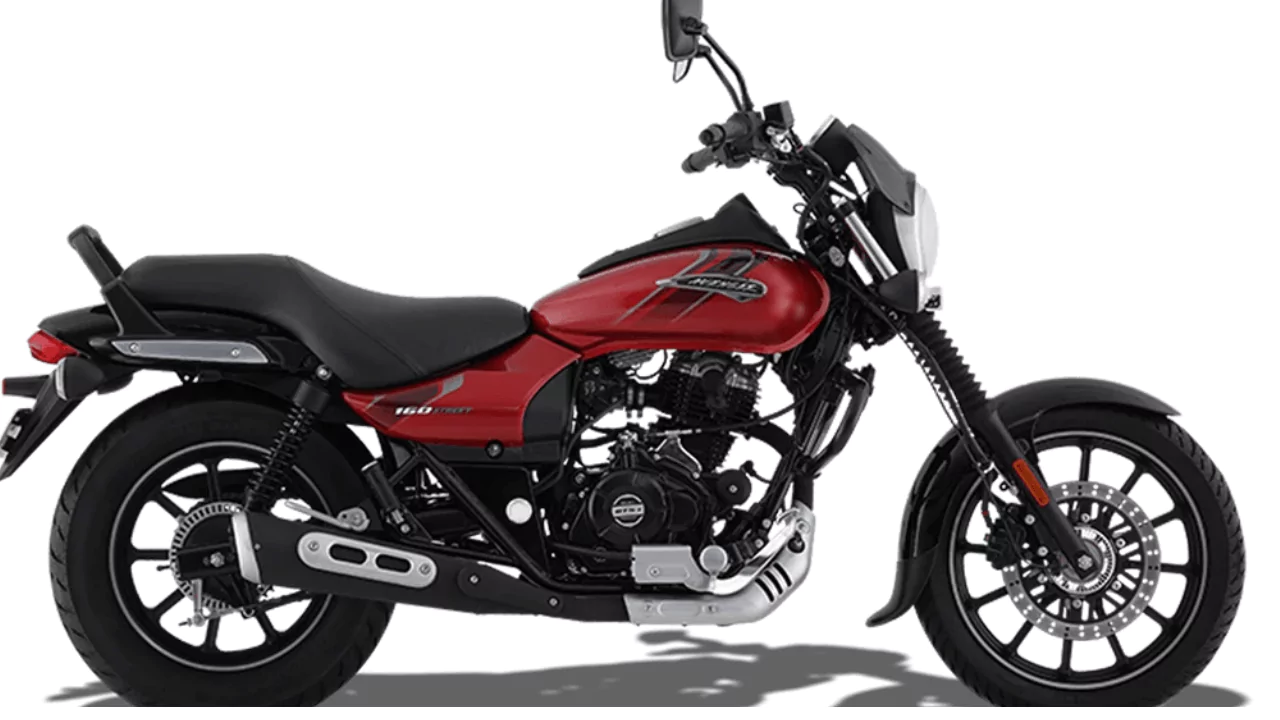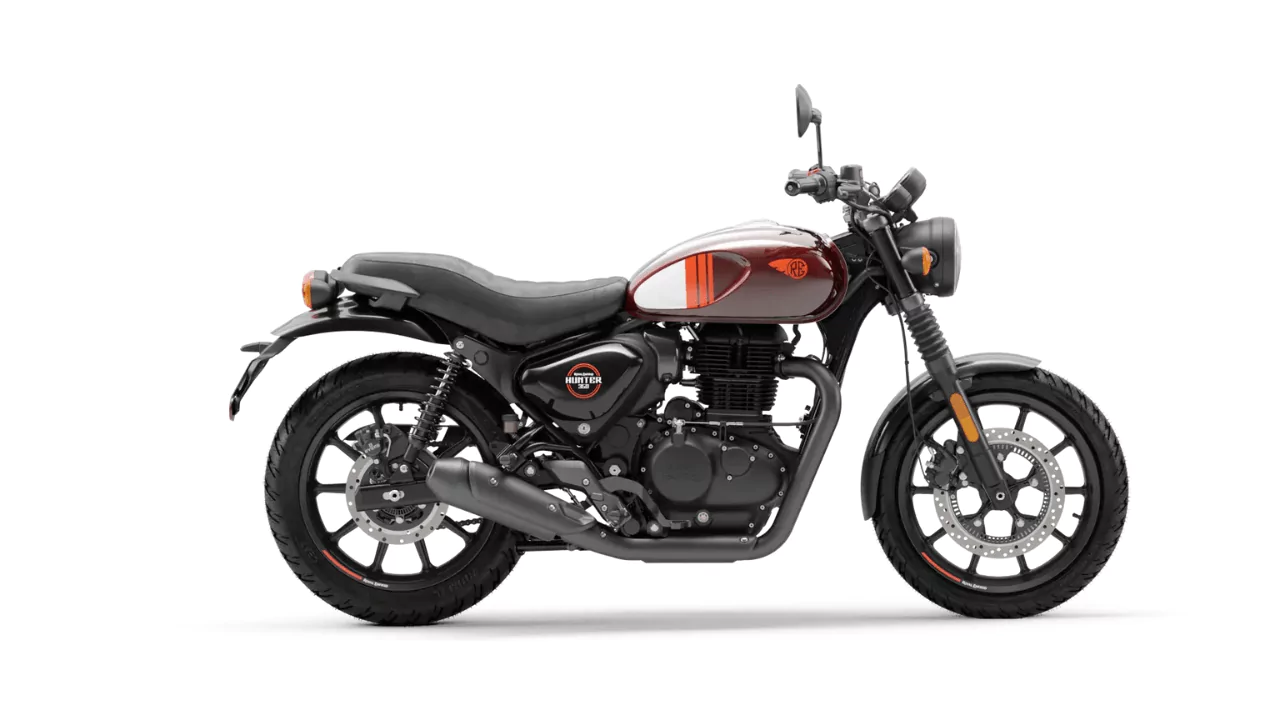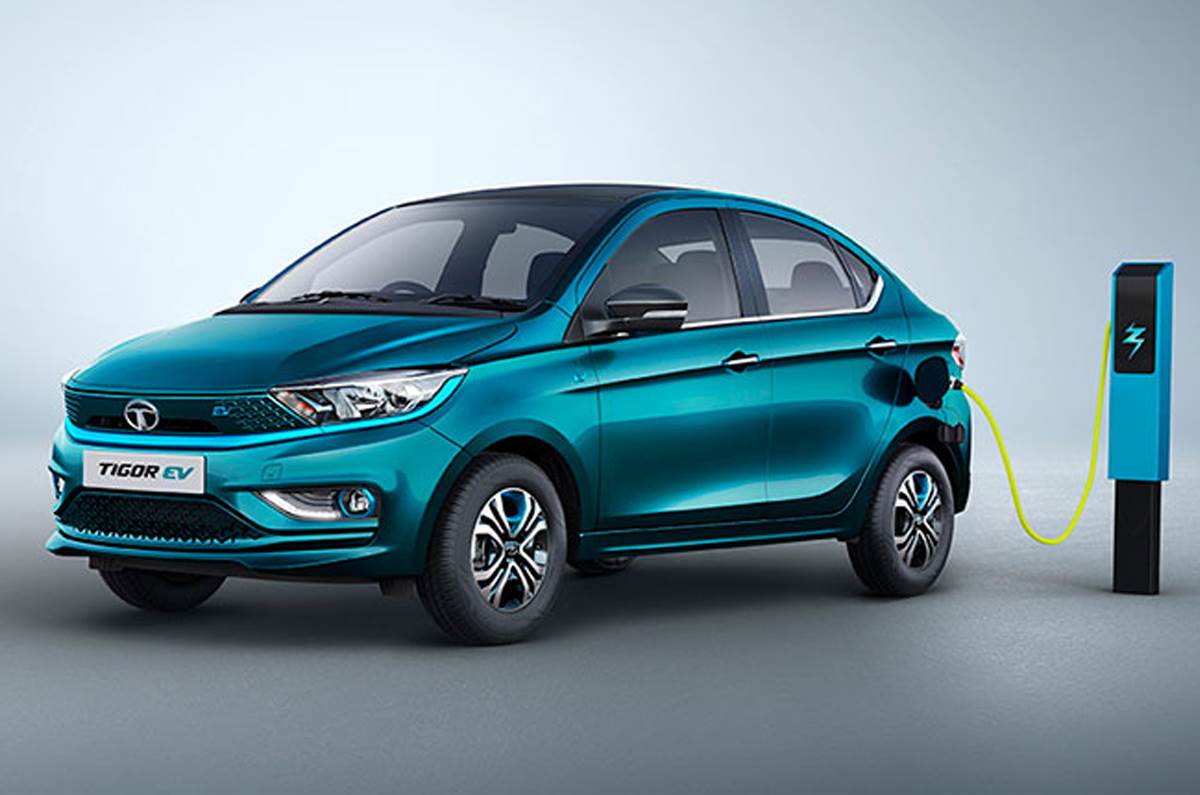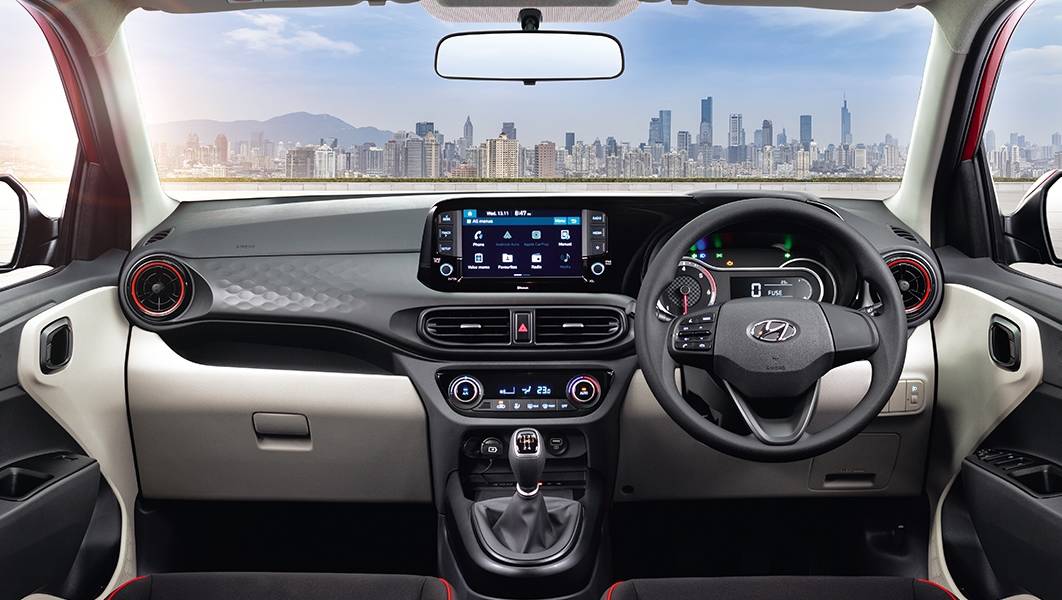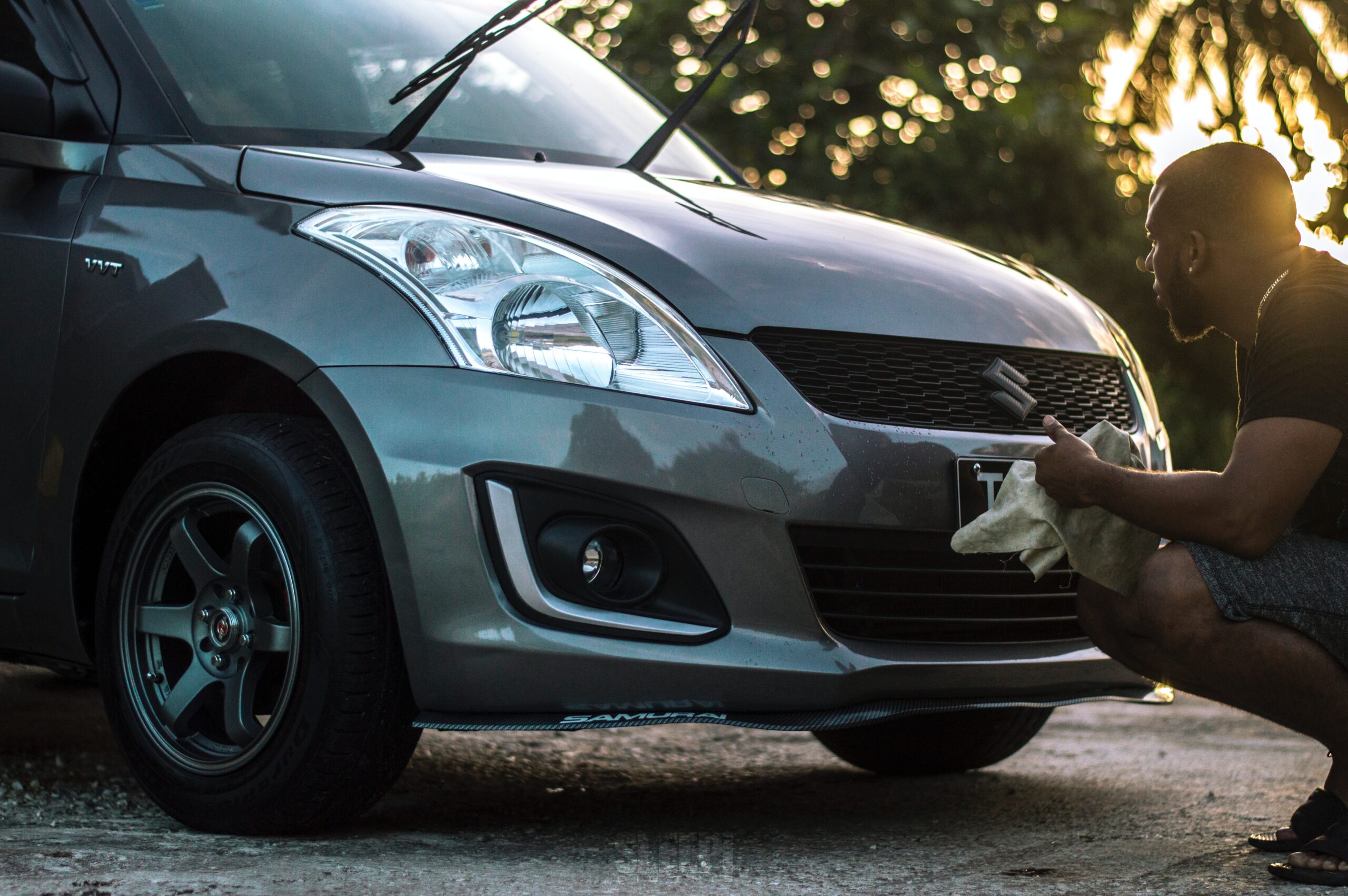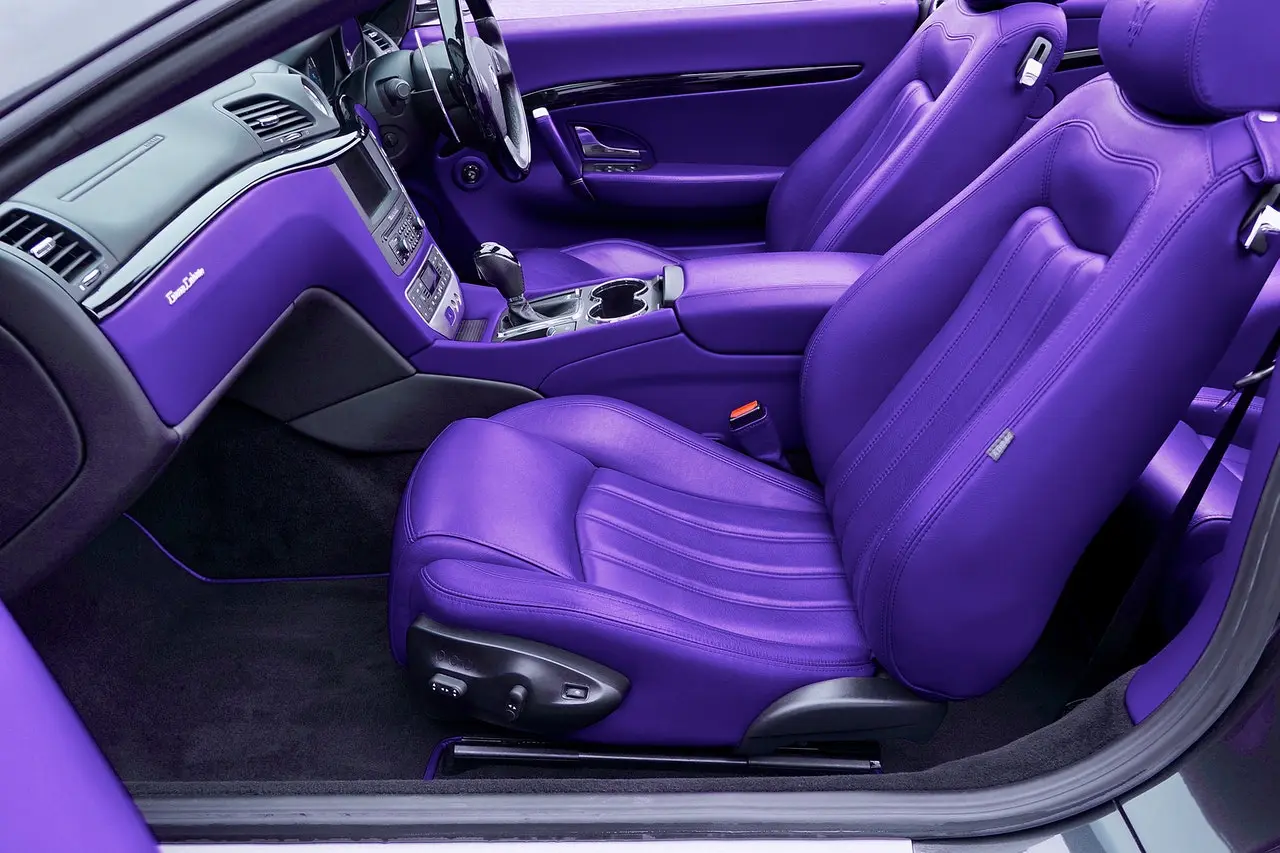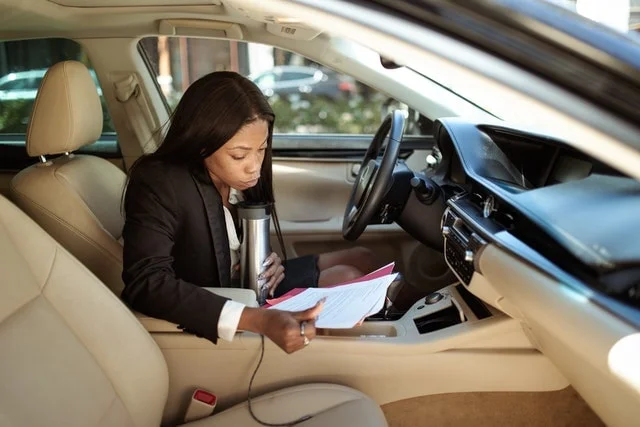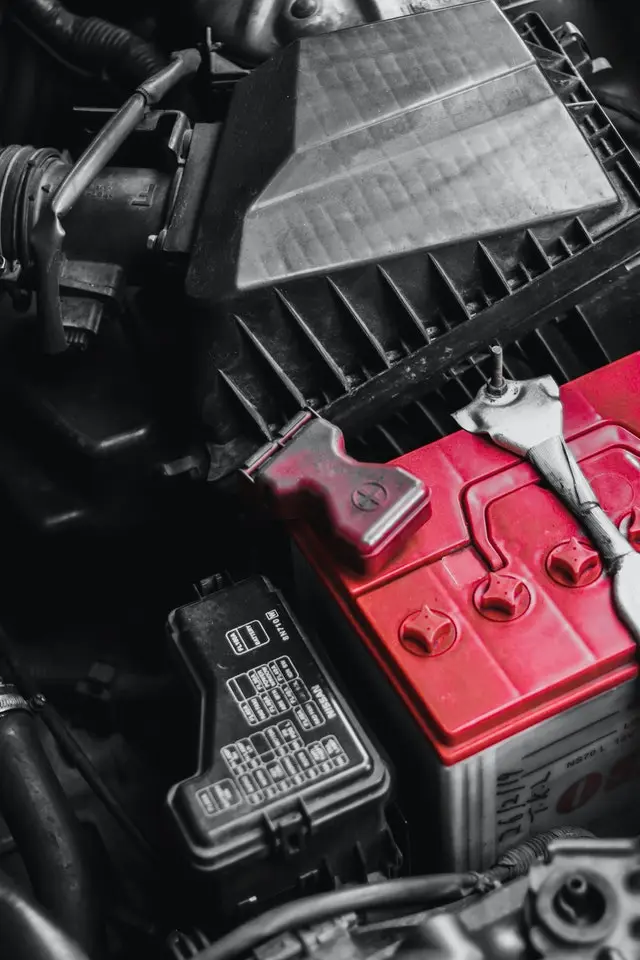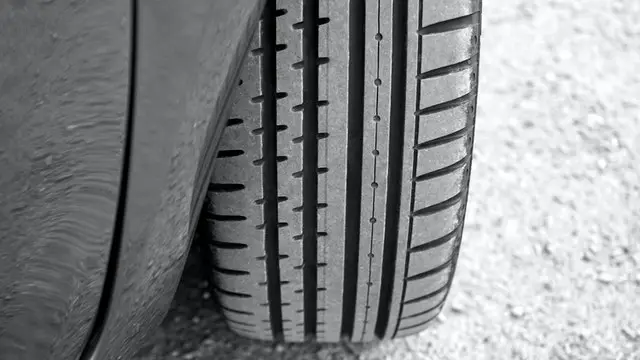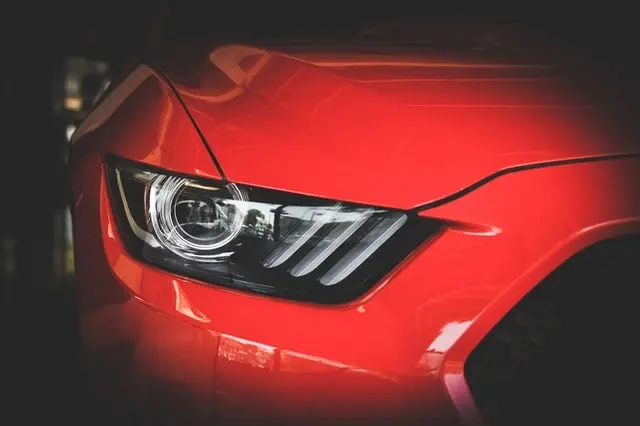Looking to make the switch from a regular bicycle to an electric one in India? If you're unsure about the purchasing process, we've got you covered with a comprehensive guide on how to buy an electric bicycle. This article will provide you with valuable information on choosing the perfect e-bike for your needs and budget, as well as important tips and FAQs to consider.
Types of Electric Bicycles in India
Before making an online purchase of an e-cycle, it's crucial to determine your purpose and budget. Electric bikes serve various purposes, including regular commuting, cycling to work, exercise, and more. Let's explore the different types of electric bicycles available and find the one that suits you best.
Regular City Electric Bicycle
If you're looking for an electric bicycle for daily errands and neighborhood rides, a regular e-bike with a 250W motor is ideal. In India, electric cycles generally come with 250-watt motors or lower. A regular ebike with a 250W motor and pedal assist makes your rides easy and smooth. Moreover, these city electric bikes are affordable to charge, making them convenient for everyday use. Whether you're running errands, going grocery shopping, or enjoying evening rides with friends, a regular city e-bike is a perfect fit.
Mountain Electric Bicycles
For those seeking weekend adventures and off-road rides, electric mountain bikes are a popular choice. These bikes usually have a maximum power of 700W and provide smooth support for your off-road endeavors. With their thick, broad tires, suspension systems, and pedal assist feature, mountain e-bikes not only enhance your experience but also ensure a safe ride. When investing in an electric mountain bike, it's important to consider several features, which we'll discuss later. Having a strong purpose for investing in an E-MTB is essential.
Folding Electric Bicycles
Living in urban settings often means dealing with limited space and the challenge of carrying heavy bicycles up and down stairs or elevators. If this sounds familiar, a folding e-bike is the perfect solution for you. These bikes are lightweight, easy to carry, and foldable, allowing for convenient storage. Look for a folding e-bike that is lightweight, has a maximum speed of 25 km/h, and features shock-absorbing suspension. Keep in mind that they may not be suitable for riding on bumpy roads or in rural areas. However, they are easy to maintain and cost-effective.
Cargo Electric Cycles or Bikes
In a densely populated country like India, cargo e-bikes offer convenience and utility. These bikes are designed to carry more than just the rider, featuring carrying racks, baskets, and storage accessories to maximize load-carrying capacity. Despite their cargo capabilities, these e-bikes can still achieve considerable speed and are equipped with stable motors and efficient battery life. Cargo electric bicycles are perfect for riding with pets, transporting kids, carrying heavy grocery bags, and even for various product delivery services.
Cruiser Electric Bicycles
Cruiser electric bicycles prioritize rider comfort over speed. These e-bikes have distinct features, including broad and cushioned seats, bent handlebars for arm comfort, and an upright riding position. They are especially popular among women and girls. One notable feature of cruiser e-bikes is their balloon tires, which have low air pressure. This allows for easier and more stable control, even on uneven trails and bumpy roads. Cruiser bikes typically have speeds ranging from 15 to 25 km/h and can cover 30-50 kilometers in a single charge, making them perfect for safe and comfortable city rides. However, they may not achieve high speeds.
Understanding the types of electric bicycles available in the Indian market will help you select the most suitable one
How to Buy an Electric Bicycle: Buyer’s Guide
Buying an electric bicycle in India can be an exciting but daunting task. Once you've identified the perfect e-cycle for your needs, there are several important features to consider before making the final purchase. Let's delve into five major features to keep in mind when buying an electric bicycle online.
Range of the Electric Cycle
The range of an electric bicycle refers to the distance it can cover on a fully charged battery. For single-speed electric bikes, the range typically falls between 30 to 40 kilometers, while multi-gear e-bikes can cover around 40 to 60 kilometers. It's important to note that the range depends not only on the battery power but also on trail conditions. Consider your usage patterns and choose a battery that provides the appropriate range for your needs.
Battery Voltage and Capacity
When purchasing an electric bicycle in India, pay attention to the battery type, watt power, voltage, and capacity. Lithium-ion batteries are the most common and offer quick charging times and longer ride hours, providing ample power for miles. On the other hand, lead acid batteries are heavier, bulkier, and drain power faster, making them a less popular choice. Most e-bicycles in India feature 36V or 48V lithium-ion batteries. A 48V battery will offer a higher range compared to a 36V battery. Additionally, consider the amp-hour (AH) rating: a higher AH in a 36V battery means a greater range, while a lower AH in a 48V battery will result in a shorter range.
Speed of the Electric Bicycle
Speed is a crucial factor to consider when transitioning from a regular bicycle to an electric one. Electric bicycles typically have speeds ranging from 16 km/h to 25 km/h, with assistance from electric motors or manual pedaling by the rider. Before making a purchase, research the maximum speed limits for e-bikes in your city, as these regulations vary. In India, the maximum speed for electric bicycles is 25 km/h according to the law.
Motors of Electric Bicycles
The motor is a vital component of any electric bicycle. In India, all types of electric bicycles are equipped with 250W motors to comply with regulations. There are two main types of motors available: hub motors and mid-drive motors. Hub motors are commonly found in the rear hub of e-bikes, are easier to install and maintain, and are generally cheaper. Mid-drive motors, on the other hand, are preferred for their efficient power-to-battery drainage ratio. Consider the power output you require, keeping in mind that higher horsepower motors may drain the battery more rapidly and impact its long-term shelf life.
Maintenance
Electric bicycles generally require more maintenance compared to non-electric bikes, so it's important to factor in the maintenance process and associated expenses. Routine maintenance, such as checking the battery, brakes, motors, and chargers, is typically recommended every 1000 kilometers of riding. Since e-bikes are technical machines, it's advisable to avoid attempting repairs unless you have proper knowledge and expertise.
By considering these five major features - range, battery voltage and capacity, speed, motors, and maintenance - you'll be well-equipped to make an informed decision when purchasing an electric bicycle. Additionally, keep in mind these special tips while placing your order for an e-bike.
Tips for Purchasing an Electric Bicycle Online:
- Ensure a Minimum 2-Year Warranty: When buying an e-bike, make sure it comes with a warranty of at least two years. This protects you against any potential manufacturing defects or malfunctions.
- Check Reviews: Look for reviews of the specific electric bicycle you're interested in, covering at least three years. This will provide you with insights into the bike's performance, reliability, and customer satisfaction over time.
- Choose Reliable and Trusted Companies: Purchase your e-bike from reputable and trustworthy companies in the market. Additionally, verify that the delivery company is reliable to ensure a smooth and secure transaction.
- Estimate Electricity Consumption: Calculate the amount of electricity the electric bicycle is likely to consume. This will give you an idea of the operational costs and help you plan accordingly.
- Battery Warranty: Pay attention to the warranty on the battery, especially since some companies may provide cheaper batteries even for expensive e-bikes. Look for a warranty that covers the battery for added peace of mind.
FAQs: How to Buy Electric Bicycles in India
What is the price range for a good electric bicycle in India?
The price range for a quality electric bicycle in India typically falls between INR 25,000 and INR 150,000. Electric bicycles are more expensive than non-electric ones due to the additional components such as the motor, battery, sensors, throttle, and lighting.
Can we get a subsidy on electric bicycles in India?
Yes! The Indian government promotes electric vehicles, including e-cycles, by offering subsidies. As a citizen of India, you can avail yourself of this subsidy when purchasing an electric bicycle.
Do electric bicycles require a license in India?
Electric bicycles with motors of 250W or less, allowing speeds up to 25 km/h, do not require a driving license in India. However, if the motor power exceeds 250 watts, a license is required to operate such electric bicycles.
Why are electric bicycles expensive in India?
Electric bicycles have additional components such as motors, batteries, and sensors, which increase the manufacturing cost. Consequently, electric bicycles are more expensive in India. Prices range from around INR 25,000 to INR 50,000, depending on the type of e-cycle and the quality of its components.
Are electric bicycles under INR 20,000 available in India?
No, electric bicycles are not available for less than INR 20,000 in India. The manufacturing cost alone exceeds this price range. If a brand claims to offer electric bicycles at this price, exercise caution and verify their authenticity. Occasionally, older models may be available for around INR 20,000 during sales, but only purchase from trusted brands and consider the aforementioned points.
Are electric bicycles under INR 10,000 available in India?
No, it is not possible to find an electric bicycle for less than INR 10,000 in India. At this price point, you can only find non-electric bicycles. Beware of any advertisements claiming to offer electric cycles at such low prices, as they are likely to be fraudulent.
Conclusion: Electric Bicycle Buying Guide for India Purchasing an electric bicycle online can be a daunting task. However, by following this comprehensive guide, you can make an informed and successful investment in your e-bike. We are confident that these tips and guidelines will assist you in selecting the perfect electric bicycle, allowing you to embark on a thrilling cycling journey. If you found this article helpful, please share it with your friends and leave your questions or thoughts in the comments section below.
